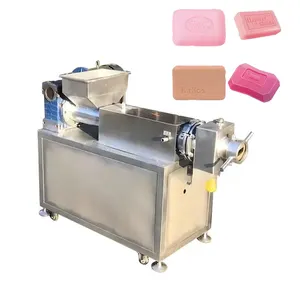Popular in your industry




































Top categories
About dobby for loom
Introduction to Dobby for Loom
A dobby for loom is a crucial component in weaving machines that allows for the intricate and complex designs to be woven into the fabric. It is a shedding device that controls the warp threads' movement to create unique patterns and designs during the weaving process. The dobby loom is widely used in textile industries for producing fabrics with elaborate patterns, providing versatility and precision in design execution.
Technical Specifications of Dobby Loom
The dobby weaving loom comes in various configurations, but typically, it consists of a series of lags with pegs that control the harness frames' movement. These pegs are inserted into the lags to dictate the raising and lowering of individual warp threads, enabling intricate weave structures. Modern dobby looms, such as the louet megado and electronic dobby, offer advanced features like electronic controls and programmable pattern sequences for enhanced efficiency.
Design and Functionality of Dobby Loom
The design of a dobby loom is characterized by its ability to handle a large number of harness frames, allowing for intricate weave designs with multiple weave structures. The louet magic dobby is a popular choice among weavers for its user-friendly interface and precise dobby shedding mechanism, ensuring consistent and high-quality fabric production. These looms are designed to be robust and durable, capable of handling continuous operation in industrial settings.
Advantages of Using a Dobby Loom
One of the key advantages of a dobby for loom is the ability to weave complex patterns and designs with ease, making it ideal for producing high-end textiles with intricate details. The flexibility of electronic dobby systems allows for quick pattern changes and customization, catering to the evolving demands of the textile industry. Additionally, dobby looms offer increased speed and efficiency in weaving, resulting in higher productivity and cost-effectiveness.
Choosing the Right Dobby Loom for Your Business
When selecting a dobby weaving loom for your business, consider factors such as the type of fabrics you intend to produce, the complexity of designs required, and the production volume. Electronic dobby looms are suitable for businesses focusing on intricate patterns and quick design changes, while traditional dobby looms are ideal for small-scale operations with standard weave structures. Evaluate the loom's features, such as shedding mechanism, speed, and automation capabilities, to find the best fit for your production needs.
Maintenance of Dobby Loom
To ensure optimal performance and longevity of your dobby loom, regular maintenance is essential. Clean the loom regularly to prevent dust and debris buildup, which can affect its operation. Check and lubricate moving parts, such as heddles and harness frames, to prevent friction and wear. Conduct periodic inspections of electronic components in electronic dobby looms to identify and address any issues promptly. By following a maintenance schedule and addressing any issues promptly, you can maximize the efficiency and lifespan of your dobby loom.
Overall, a dobby for loom is a valuable asset for textile businesses looking to create intricate and unique fabrics efficiently. With advancements in technology and design, dobby looms offer versatility, precision, and speed in weaving operations, making them essential equipment for modern textile production.


























